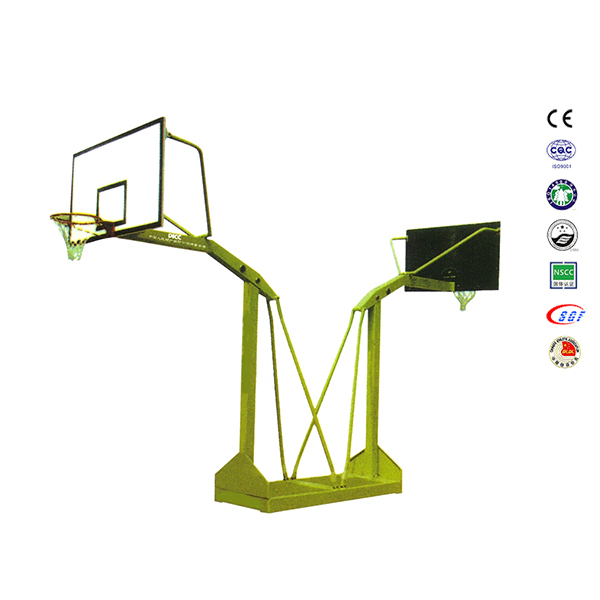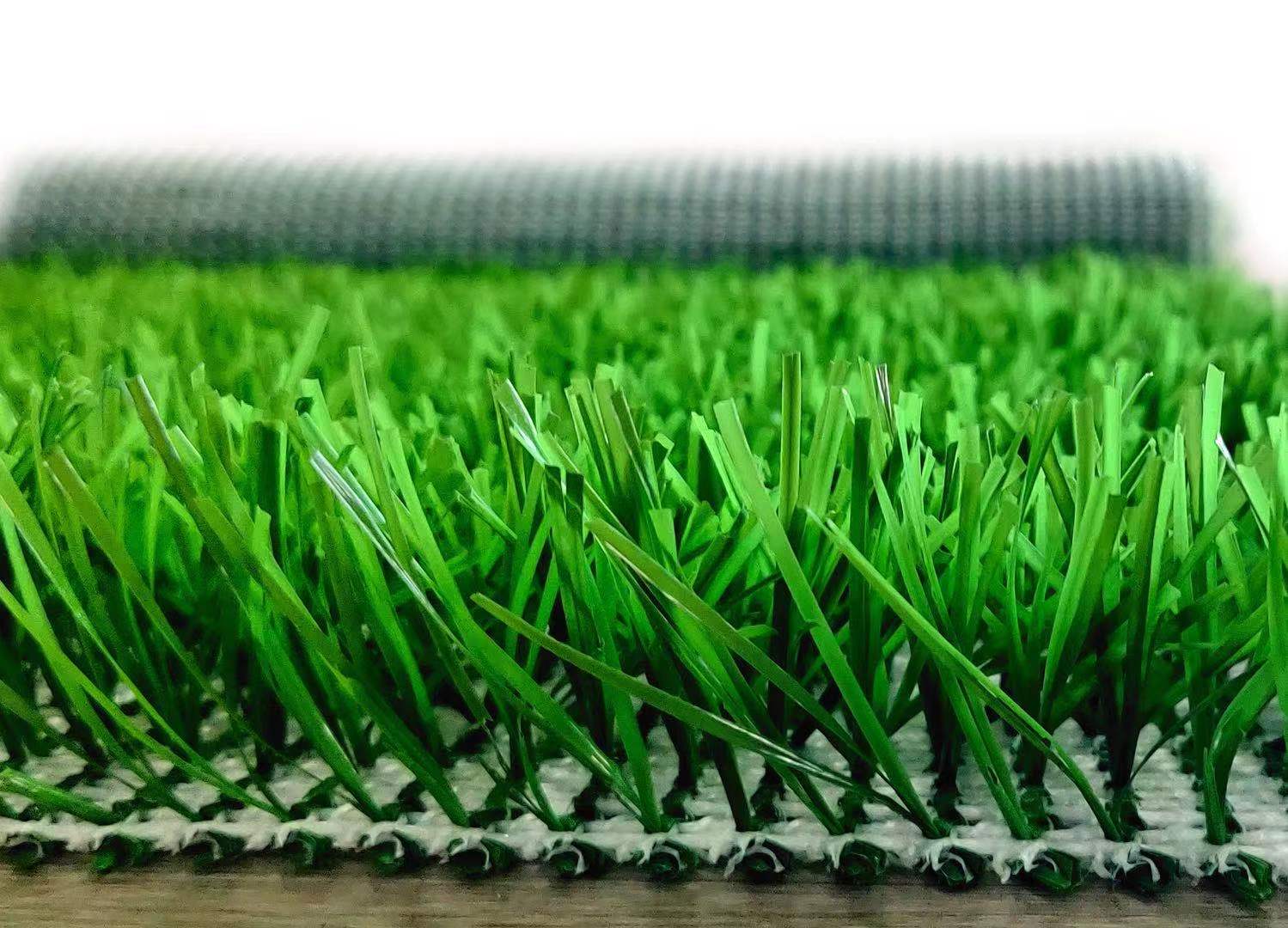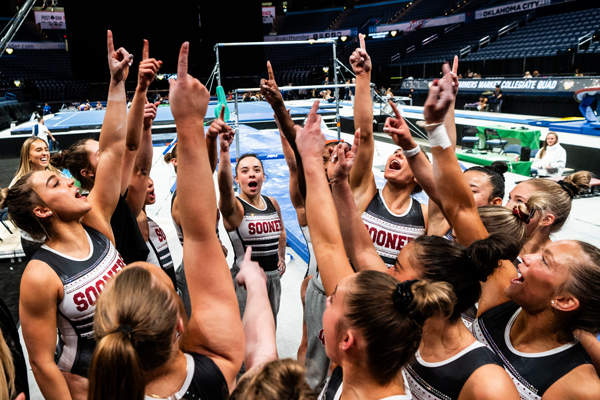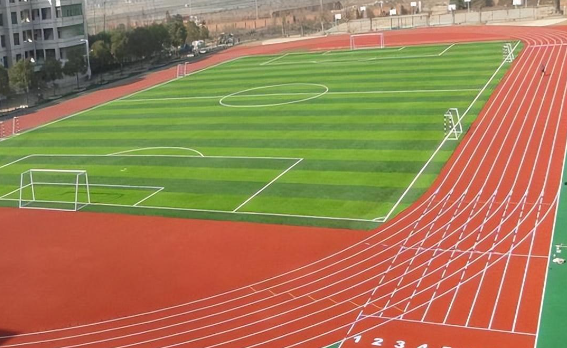Product
How do people measure a soccer field dimensions
Basic Info
Tools Required
Measuring wheel (distance wheel): Used to measure straight-line distances.
Steel measuring tape: Used to accurately measure short distances.
Theodolite or laser distance meter: Used to measure and calibrate angles and long distances.
Lime powder or marking paint: Used to mark lines on the turf.
Marking stakes and rope: Used for temporary markings and stringing.
First of all, we must make it clear that the standard size of football field is not determined at will, but is obtained through strict regulations of the International Football Federation (FIFA) and multiple practical tests. Generally speaking, the football field for international competitions should be rectangular, with a length of between 100 and 110 meters and a width of between 64 and 75 meters. Such a size design not only ensures the intensity of the game, but also fully considers the physical fitness and tactical needs of the players.

The method of measuring football field usually involves the following steps and tools:
Prepare tools: You need to prepare tools such as steel tape measure, measuring wheel, markers (such as cones), chalk or spray paint, ropes and wooden stakes.Determine the baseline: Select the long side of the field as the baseline, which is usually the sideline of the field. Use a steel tape measure or measuring wheel to measure the standard length (usually 100m to 110m) and mark it with markers at both ends.
Determine the other long side: Use a rope and markers to straighten the rope from one end of the baseline to the other end and keep it parallel to the baseline. Use a steel tape measure or measuring wheel to measure the same length and mark it with markers at both ends.
Determine the short side: Starting from the end points of the two long sides, use a measuring wheel or steel tape measure to measure the standard width (usually 64m to 75m) and mark it with markers. Make sure the distance on both sides of the width is equal and straighten it with a rope.
Calibrate the diagonal: Measure the diagonal of the field and make sure the length of the diagonal is equal. This is to ensure that the entire field is rectangular. If the diagonals are not equal, the position of the sidelines needs to be adjusted.
Mark other areas: According to the size of the standard Football field, mark the center line, center circle, penalty area, goal area and corner area, etc. The specific standard size can be referred to the regulations of FIFA or other relevant organizations.
Center line: Draw a straight line from the midpoints of the two short sides of the field.
Center circle: Draw a circle with a rope of 9.15 meters radius with the midpoint of the center line as the center.
Penalty area: In front of each goal, use markers and steel tape to mark the area 16.5 meters from the inside of the goal post and 16.5 meters from the goal line.
Goal area: In front of each goal, use markers and steel tape to mark the area 5.5 meters from the inside of the goal post and 5.5 meters from the goal line.
Corner area: At the four corners of the field, use steel tape to mark a quarter circle with a radius of 1 meter.
Check and adjust: Finally, carefully check all measurement marks to ensure that they meet the standards. If there are errors, make adjustments in time.
With these steps, you can accurately measure and mark the standard football field.

LDK Cage Football Field Customization
Why choose this size?
In fact, there is a scientific basis behind it. A larger football field provides players with more running space, allowing them to give full play to their speed and flexibility, presenting more exciting games to the audience. At the same time, different sizes will also have an impact on the team's tactics and strategies. On a smaller football field, the team may focus more on ball control and short passes, while on a larger football field, the team may focus more on long passes and speed tactics.In addition to size, other elements of the football field also have an important impact on the game. For example, the height and width of the Goal have been precisely calculated and stipulated to ensure the fairness and consistency of the game. In addition, the quality of the turf and drainage system of the field are also key factors affecting the game. High-quality turf allows players to better control the trajectory of the ball, while a good drainage system ensures that the game can proceed smoothly even on rainy days.
It is worth mentioning that although FIFA stipulates the standard size of football fields, in actual operation, the field sizes of some non-international or amateur competitions may vary. This is mainly because different levels of competitions have different requirements for field conditions and differences in actual conditions in various places. But no matter how the size of the field changes, the basic regulations of FIFA should be followed to ensure the fairness and safety of the game.
Of course, with the continuous development and popularization of Football, the design of football fields is also constantly innovating and improving. For example, in recent years, some advanced football fields have begun to adopt smart turf systems to improve the quality and durability of turf through scientific and technological means. At the same time, some stadiums have also introduced advanced lighting and sound equipment to bring fans a more shocking viewing experience.
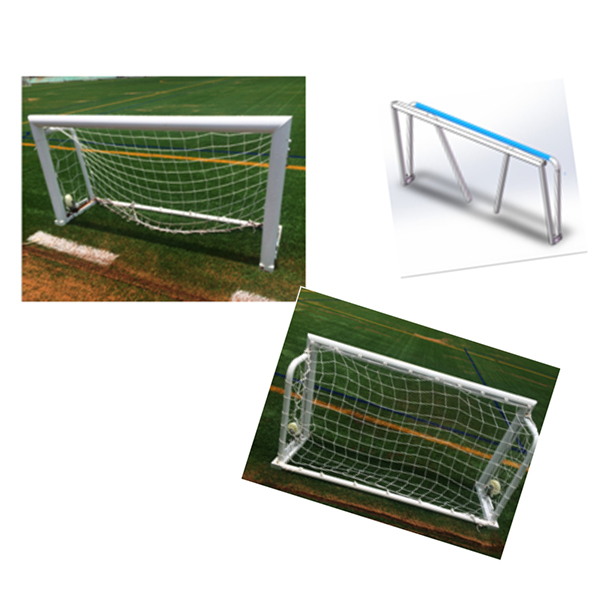
LDK football goal manufacturer wholesale
So, when you step into the green field again, you might as well pay more attention to the size and elements around you and feel the unique charm they bring to the game. At the same time, let us look forward to more technological innovations being applied to the design and construction of football fields, bringing us a better football world.

More LDK football product recommendations:
Football Cage
Futsal Goals
Metal Football Goal
Aluminum Football Goal
Foldable Football Goal
Portable Football Goal
Mini Football Goal
LDK sports equipment manufacturer's promotion is in progress: Click to contact us now






